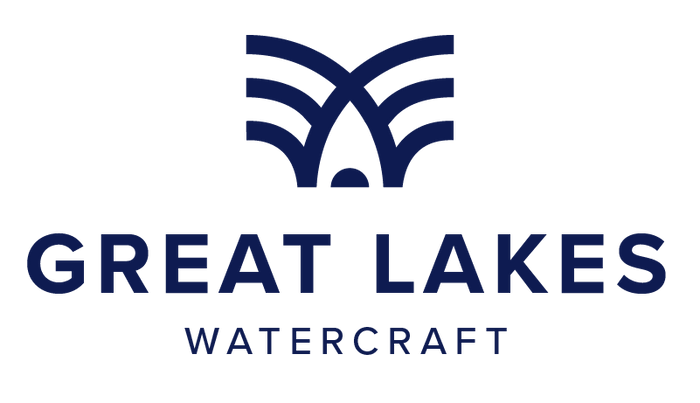You're ready for your next adventure on the water and need a reliable yet lightweight inflatable dinghy.
There are so many sizes, materials, and designs on the market. How do you know which will suit your needs?
Whether you're going fishing or making a quick supply run, we'll help you choose. Read on for our tips on choosing the best lightweight inflatable dinghy.
How will you use your inflatable dinghy?
Choosing the best dinghy will heavily depend on how you want to use it.
Will it remain inflated for most of the year, or is it for occasional supply runs?
If you're opting for less regular use on short, leisurely journeys, you'll ideally want a dinghy that you can stow away when not in use.
A fully collapsible air floor dinghy could be ideal, as they are highly portable and shrink down to fit in your stowage. PVC is a lightweight and durable material that's convenient to store.
On rougher waters, you'll want something that can stand to be thrown around a little. A rigid floor offers a sturdier design but does tend to be on the heavier side than air floors.
Selecting the right materials
You can choose between PVC or Hypalon when selecting your lightweight inflatable dinghy.
PVC
PVC is a popular choice for sailors looking for a lightweight choice. It's fairly durable but can puncture more easily than hypalon material if you come into contact with a sharp object such as a rusty nail sticking out of an old dock.
If you're navigating tropical climes and expose your dinghy to high heat or humidity, PVC may not be your best choice. UV rays and prolonged humidity can perish the PVC and shorten the life span of your dinghy.
However, for less regular, gentler journeys, choosing PVC is affordable and a great all-rounder. Plus, the color choices are almost endless!
Hypalon
A dependable, durable material, Hypalon is certainly more expensive than PVC but is lower maintenance. Although Hypalon dinghies aren't quite as fanciful color-wise, they're tough and easy to repair if you do get an unlikely puncture.
Hypalon can't fold quite as easily as PVC and is heavier, so would be a better option if you plan to keep your dinghy inflated and stored on a trailer.
Interestingly, Hypalon is a brand name - and stopped production in 2009. However, you may spot the term 'CSM' or CSPE which is almost identical to Hypalon - and still sometimes referred to by the same name.
What size dinghy do you need?
How many people will come aboard your dinghy? It'll determine the size you choose. To operate your dinghy safely, you'll need to check the technical specs of your dinghy before buying.
If you plan on using your dinghy for a longer period of time - such as fishing for the day - then the maximum capacity might feel too much of a squeeze! Keeping in mind your stowage size, try to choose something a little bigger to make things more comfortable.
Floor construction
Air floor dinghies are the ideal option if your main concern is weight. They offer a firm, smooth walking surface that's comfortable to kneel on and won't rock or vibrate uncomfortably.
A high-pressure air floor is perfect for storing away, as the entire dinghy shrinks down to fit into a case or bag.
Rigid slats offer a hard floor construction and can still be fairly lightweight. Slats are made from aluminum or plywood, so naturally, weigh more than air floors.
As they are more durable and not prone to punctures, they can be a great choice for those traveling with dogs!
The downside of a rigid floor is the storage - they simply can't fold down to as small a size and are better for keeping inflated year-round.
Choosing the correct outboard motor
An inflatable dinghy with a motor gives you more power and speed than rowing oars, which is perfect for quick trips and supply runs. But selecting the right motor is key - and varies depending on your needs.
In short, less-powerful outboard motors are better for air floor or smaller dinghies, and larger motors with more kick are preferable for rigid floors and larger dingies that will take longer journeys with more people and gear.
To keep the weight down, opting for an electric motor is a fantastic choice. There's no need to store heavy fuel and no gas smells to put up with.
In conclusion
Choosing the best inflatable dinghy for your needs depends on where you'll use it, how much storage space you have, and how many people come along for the ride.
Buying an inflatable dinghy with a motor will speed up your trips, but opt for electric to cut down on weight for just as much pull as a gas-powered motor.
Get ready for your adventure, visit greatlakeswatercraft.com to find your ideal inflatable dinghy.
